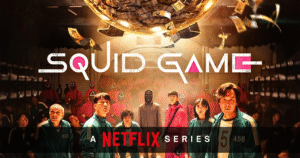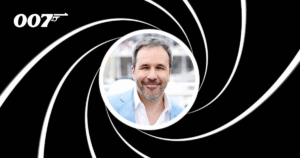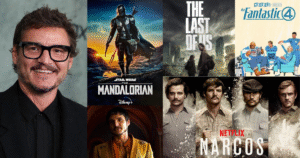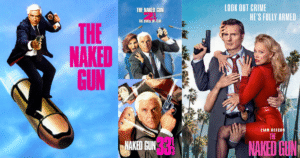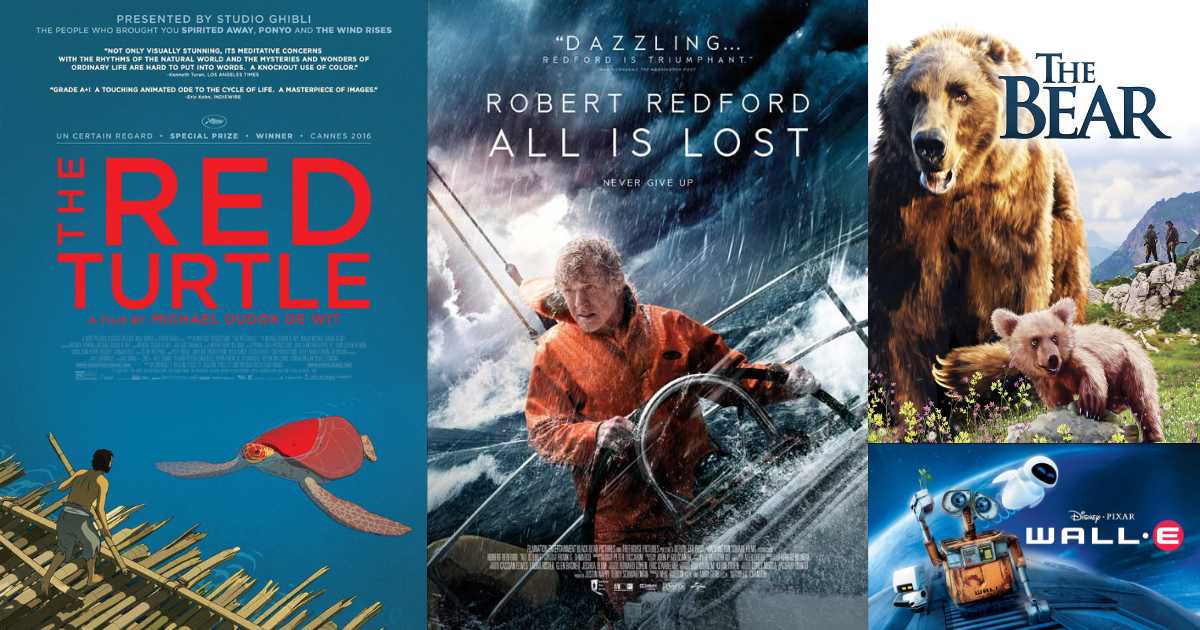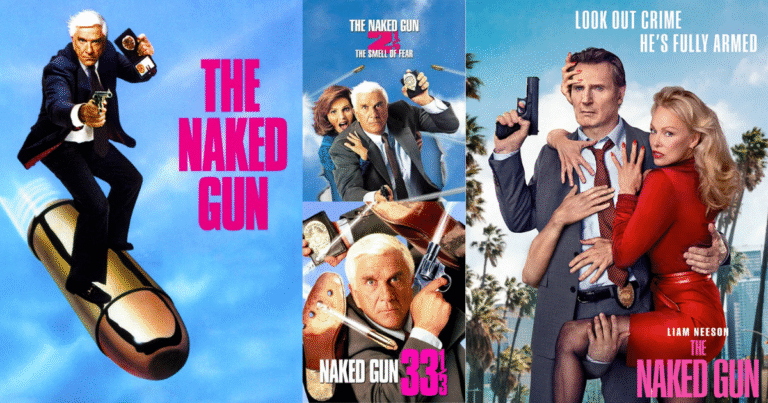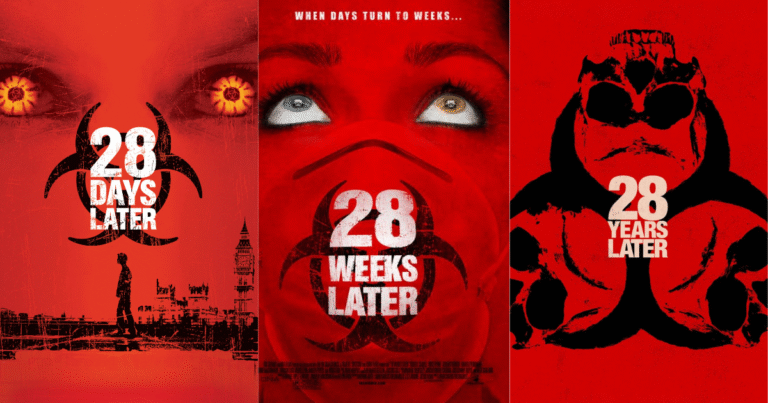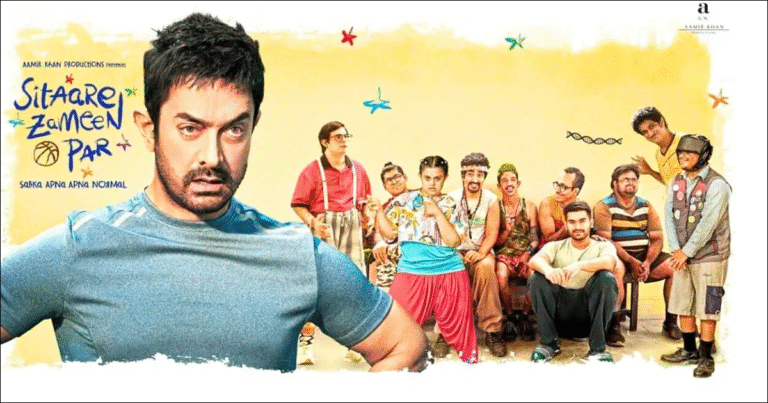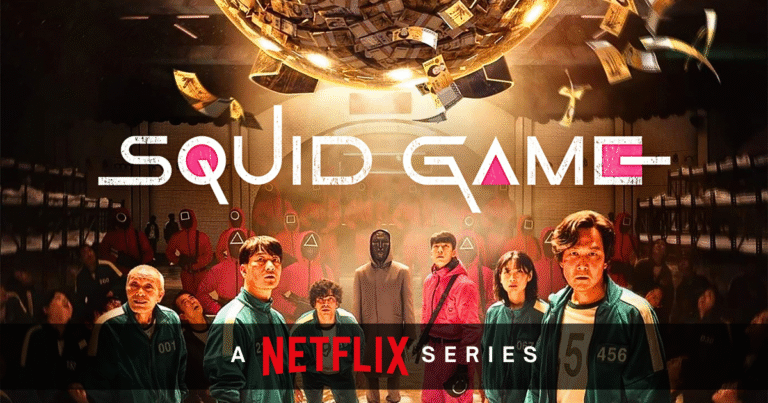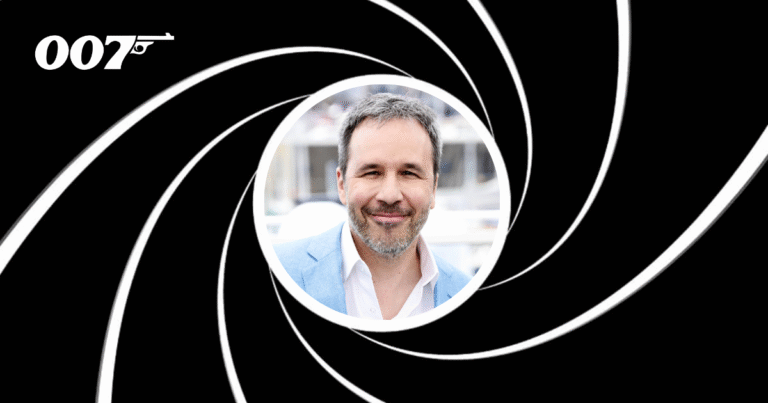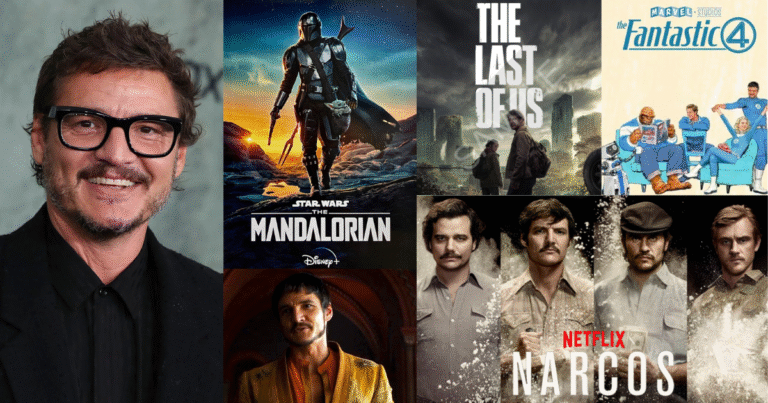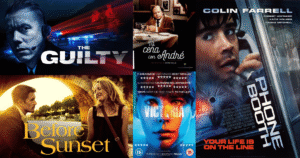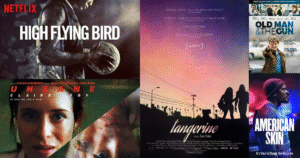Not every story needs words.
Some of the most powerful films ever made say absolutely nothing, and yet they speak volumes. Dialogue-free films, or movies with little to no spoken words, rely entirely on visuals, sound design, music, and movement to tell their stories. And in doing so, they remind us of the core power of cinema: showing, not telling.
Whether you’re a filmmaker, a writer, or just someone who loves movies, there’s a lot to learn from how these films create emotion, narrative, and connection, without a single line of dialogue.
Let’s explore why these silent approaches still matter and what they reveal about the visual language of storytelling.
The Core of Visual Storytelling
Before sound came to the screen, films had no choice but to be visual. Silent-era filmmakers like Charlie Chaplin and Buster Keaton had to use facial expressions, camera movement, body language, and visual metaphors to move the story forward. That legacy remains.
A great dialogue-free film doesn’t just remove speech. It sharpens everything else. It asks:
- Can we feel a character’s emotion just from their posture?
- Do we understand a scene’s tension from the camera angle alone?
- Can lighting or composition replace exposition?
Films without dialogue demand clarity. They force creators to communicate intent through pure image and sound. And that’s where the magic happens.
Famous Dialogue-Free Films That Nailed It
You might be surprised how many impactful films or sequences work without dialogue. Here are a few worth mentioning:
1. The Red Turtle (2016)
This hand-drawn animated film from Studio Ghibli is completely wordless, yet it tells a deeply emotional story about survival, connection, and the rhythms of nature. Every frame feels deliberate, and its lack of dialogue pulls you closer to the quiet world of its castaway protagonist.
2. All Is Lost (2013)
Robert Redford plays a lone sailor trying to survive after his boat is damaged. The film has barely any lines, yet every gesture and sound, wind, waves, creaking wood, tells us what he’s feeling. It’s survival storytelling at its rawest.
3. The Bear (1988)
Told largely from the perspective of a bear cub, this film barely features any human speech. It’s an astonishing display of natural storytelling, where even animals express narrative arcs without words.
4. Wall-E (2008) – the first half
Though dialogue creeps in later, the first 30 minutes of Wall-E are a masterclass in silent storytelling. We immediately understand Wall-E’s loneliness, curiosity, and routine, all through movement and environment.
These films prove you don’t need dialogue to build empathy or momentum. Sometimes, silence says more.
A great modern example is A Quiet Place (2018), where silence isn’t just a stylistic choice, it’s a core part of the plot, using sound and the lack of it to build tension, emotion, and connection between characters.
Why Go Dialogue-Free?
Choosing to tell a story without dialogue isn’t just an aesthetic decision. It’s a creative challenge that can lead to stronger storytelling. Here’s why:
1. It crosses language barriers.
Without words, the story becomes universally accessible. It can be watched, understood, and felt by people across cultures without translation.
2. It emphasizes craft.
In the absence of dialogue, things like production design, cinematography, and acting have to work harder. Every choice becomes intentional. Filmmakers must show rather than explain.
3. It highlights emotion.
When no one speaks, audiences become more attuned to the small things, a glance, a pause, a shadow. This kind of subtlety can hit harder than any monologue.
4. It encourages audience participation.
Without dialogue guiding us, we’re invited to interpret things for ourselves. This makes the viewing experience more personal and immersive.
Lessons for Creators
Even if you’re not making a silent film, the principles behind dialogue-free storytelling can improve any creative work. Here’s what you can take away:
- Start with the image.
Before writing dialogue, ask what the scene communicates visually. Could it still work if no one spoke? - Use sound wisely.
In the absence of words, ambient sound, music, and silence all become narrative tools. Sound design becomes a major player. - Direct performance with intention.
Actors in dialogue-free films often give layered, subtle performances. Body language becomes the new script. - Trust your audience.
You don’t need to explain everything. Let viewers piece things together through clues, reactions, and emotional beats.
Whether you’re making a short film, brand video, or even designing a scene in a feature, practicing with limited dialogue can sharpen your storytelling instincts.
Modern Uses in Branding and Advertising
The principles of dialogue-free storytelling aren’t just for arthouse cinema. You’ll find them in brand films, commercials, and even social media content.
Think of Nike spots that show struggle and triumph through action, not speech. Or visual montages in Apple ads that speak louder than any tagline. In a world of endless content, sometimes a powerful visual stands out more than clever copy.
For brands looking to connect emotionally and quickly, a dialogue-free approach can be highly effective, especially in global campaigns where language is a barrier.
Final Thoughts
Dialogue-free films remind us what cinema is really made of. They take us back to the root of storytelling: emotion, movement, sound, and image. And in doing so, they challenge us to be more intentional in how we craft and consume stories.
Next time you’re watching a film or working on a project, ask yourself, what if no one spoke? Could the message still land?
Chances are, if it’s well-told, it will.
